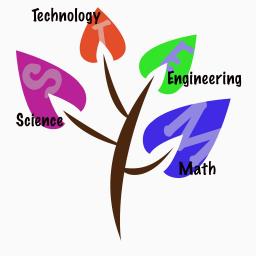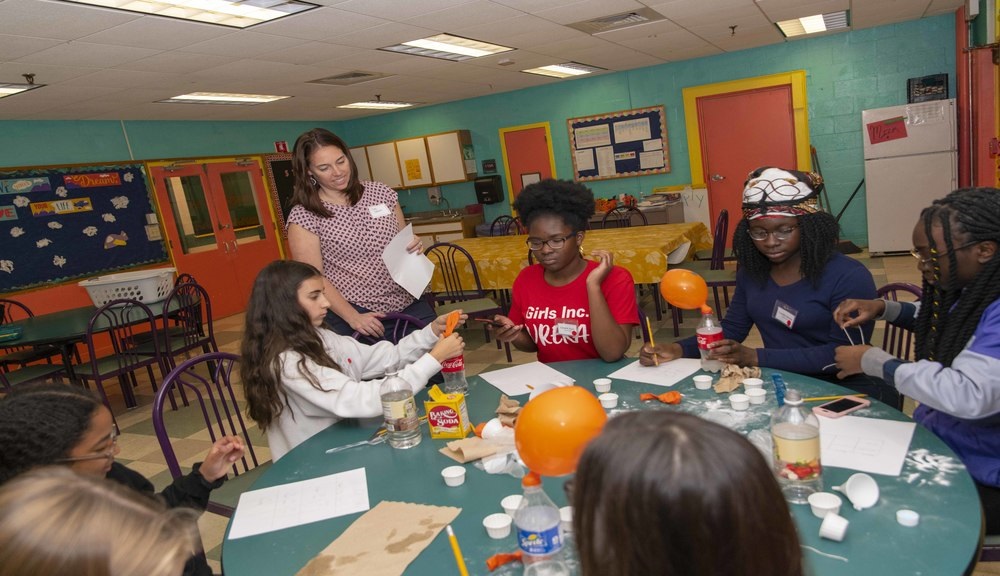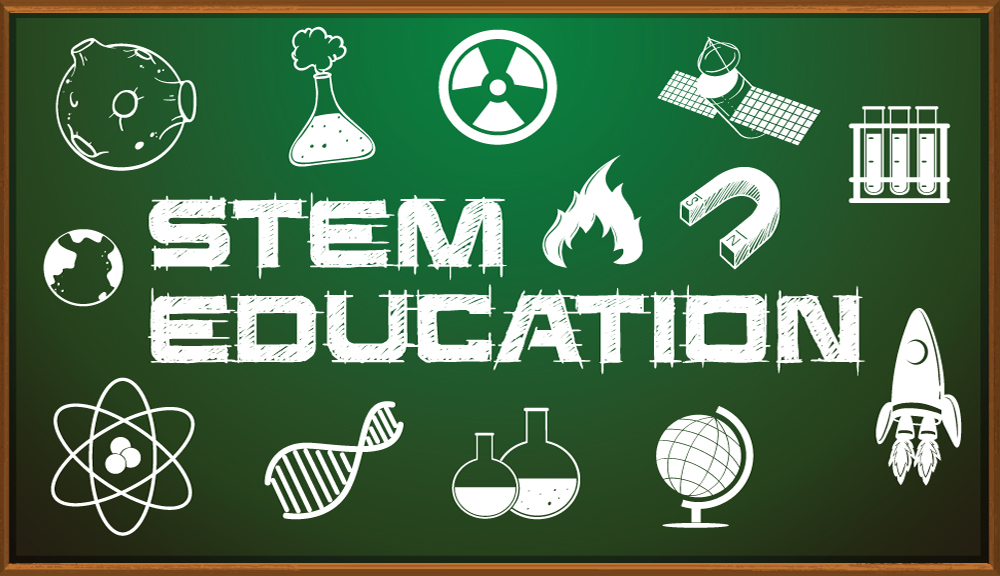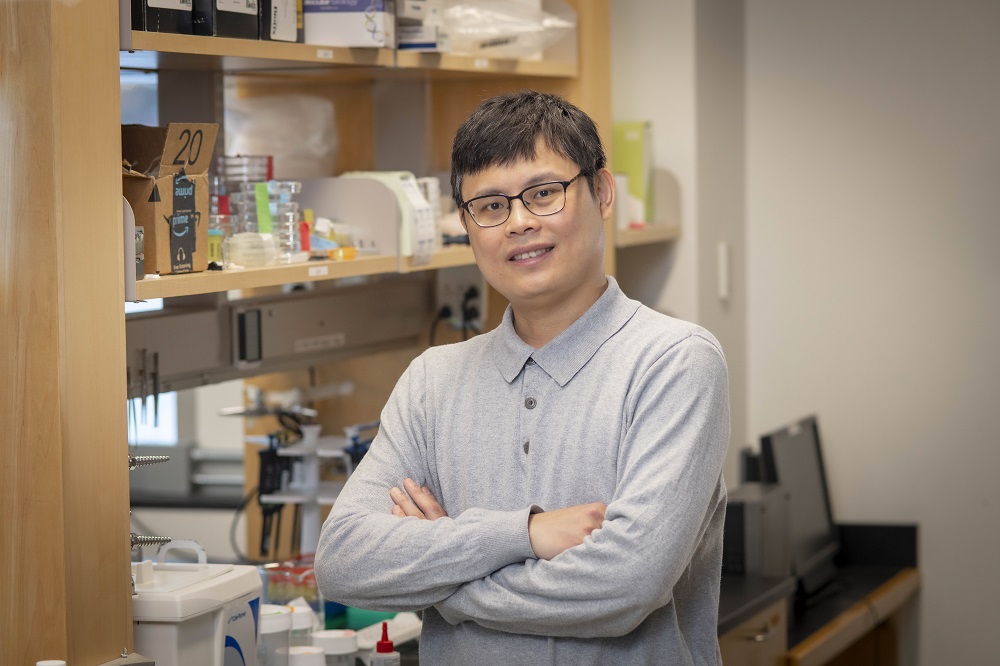 WPI science and engineering students don’t just magically arrive on campus, out of the blue.
WPI science and engineering students don’t just magically arrive on campus, out of the blue.
They begin kindergarten, progress up through the grades and graduate from high school. And now, standards on teaching science, technology, engineering and mathematics are evolving, which means the way WPI students learned these topics in the lower grades will be very different for the next generation.
WPI hosts a faculty workshop on changes in K–12 STEM standards on April 2, 10–11am in SL 104. It’s the third workshop in the series “Broader Impact Statement: Including a K–12 Component,” says Shari Weaver of WPI’s K–12 outreach staff in the STEM Education Center.
And, as Weaver notes, it’s never too early to begin introducing basic STEM concepts to children. “In the new standards, engineering is part of science education from K through 12,” she says.
Reaching out
Here at WPI, one of Weaver’s roles is to advise faculty members on ways to integrate K–12 efforts into National Science Foundation and other grants.
The workshop, she says, will outline new state and national STEM education standards, provide an opportunity to discuss the implications of the new guidelines for the K–12 set, and help faculty develop K–12 activities and curriculum, whether for NSF funding or not.
Some faculty, says Weaver, “just want to support the STEM pipeline by attracting younger students to STEM fields.” Other staff members can benefit from being up to date on new STEM standards, as well, she says, to develop activities for out-of-school time that can complement what they learn during the academic year, further integrating the subject matter.
What’s changed?
The Next Generation Science Standards call for more of a contextual focus when it comes to science. There is an expectation that students will demonstrate their knowledge through science and engineering practices instead of rote memorization. Engineering is a component of these standards.
“[Children are] learning how to make detailed observations and draw conclusions or make connections from those observations,” Weaver explains.
The workshop will also offer an overview on the research-based process by which the NGSS were developed.
As a high school educator, Weaver draws on her pre-WPI experience when she says that to move STEM efforts forward, more innovation and flexibility is needed in public schools.
“The structure itself impedes progress,” she says. “We have to rethink how we teach … elevate the status of teachers, treating them with the respect that professionals deserve … provide time, space, and incentive for teachers to communicate and work collaboratively with each other … supply classrooms with the technology and materials necessary to teach modern students in an engaging and relevant manner and … redefine the role of teacher from information giver to facilitator.”
Top STEM careers, says Weaver, citing a 2010 CNN Money report, tend to be in computer science, such as software architects, information systems security engineers, and software engineers. But biomedical engineers, she notes, are a promising bunch as well, showing a job growth projection of 72 percent over the decade.
“If we want more qualified applicants who have a passion for STEM fields,” Weaver says, “then we must ignite that passion at those critical ages when children are beginning to develop their identity.” She says this is particularly crucial in engaging women, underrepresented minority students, and the economically disadvantaged.


